With the pleasure of spring, comes pain.
Weeds are one of the top bugbears of the allotment gardener’s life. As a group, we complain about these plants as often as the British population as a whole grumble about the weather.
And right now, as our long-awaited crops and flowers begin to reach out from beneath the soil, you can bet your best dibber that the weeds are soaring even higher.
Common weeds have evolved to be as capable as they are to grow as relentlessly as they do. In fact, despite the frustration this causes for us as gardeners, we should be in awe of their ability to do so.
And don’t forget, many of the plants we describe as weeds in our allotment beds, are also incredibly important in support of the creatures we treasure in our environment too.
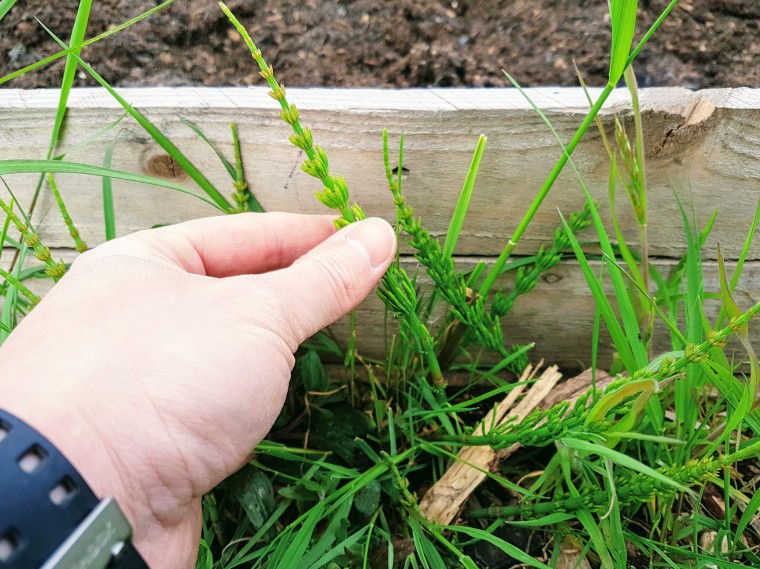
I know this topic is of significant interest to us allotment gardeners because, well, I am one. I also know because one of the most read posts on this blog is Allotment Weeds, written by the brilliant Andrew O’Brien.
The fact of the matter is, we can do nothing to stop these plants growing in the same sense as we can do zilch to control our island’s fickle weather. But, just as we’ve learned to have that umbrella on hand to cope with our changeable climate, we can also arm ourselves with a few tactical approaches to help us manage the weeds in our gardens too.
There’s numerous advice on how to tackle weeds. What I want to share with you are three approaches that have made a significant difference to the weedy problem on my plot over the course of the growing year.
1. Go no-dig
I talk a lot about no-dig gardening but it’s because I am truly amazed by the benefits it has provided me. Its about time saved, stellar crops but also its ability to reduce the number of weeds on the plot over the entire season.
When you mulch the surface of the beds with organic matter and never turn the soil over, the weed seeds that are invariably in the soil never have the incentive to germinate.
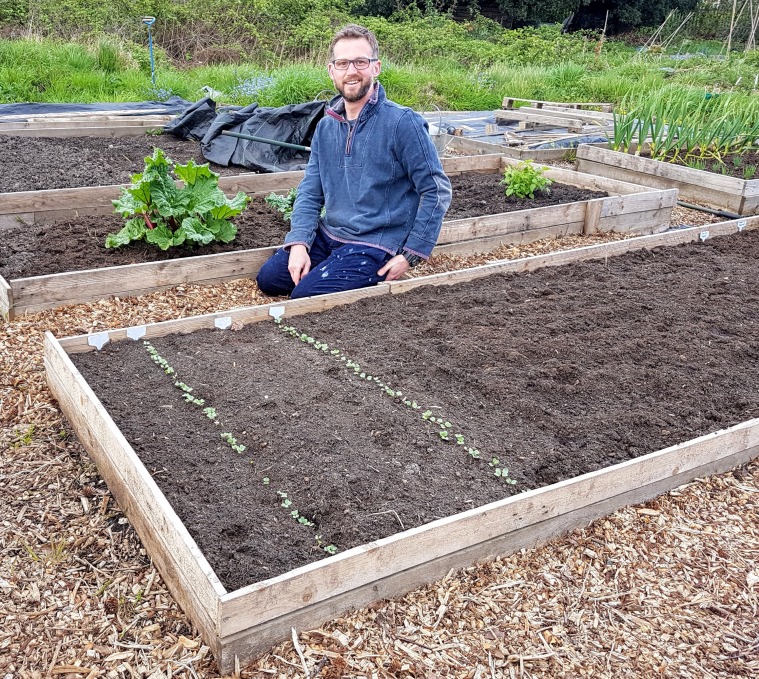
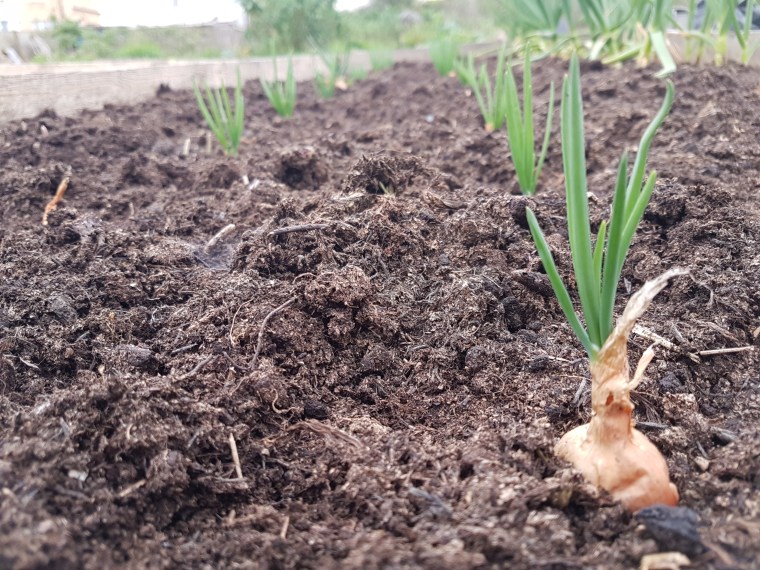
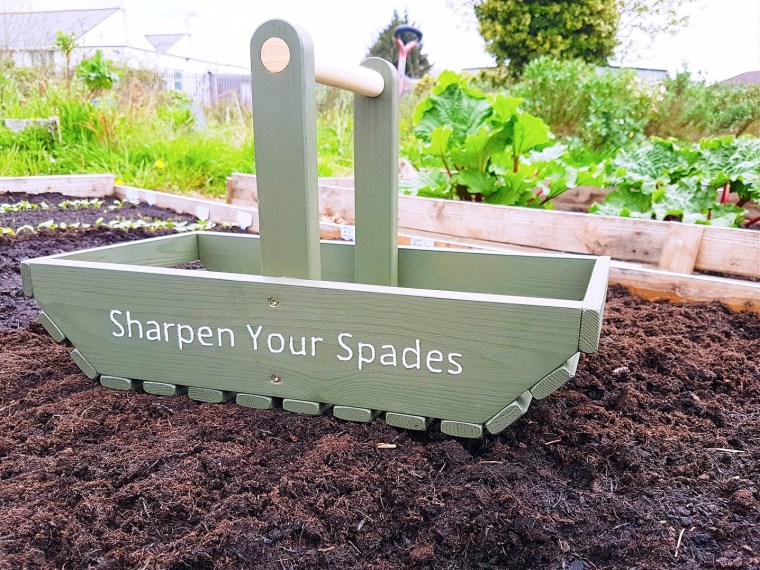
I trialled no-dig on a few of my allotment beds last year and I saw the comparison between the beds I’d dug and those I hadn’t. The reduction in weeds was apparent.
Don’t take my word for it, ask the increasing number of gardeners who are turning to a no-dig approach in their gardens and allotments over on the No-Dig Gardening – Un Dug Facebook Group.
2. Eat that frog
Mark Twain said, “If it’s your job to eat a frog, it’s best to do it first thing in the morning. And if it’s your job to eat two frogs, it’s best to eat the biggest one first.”
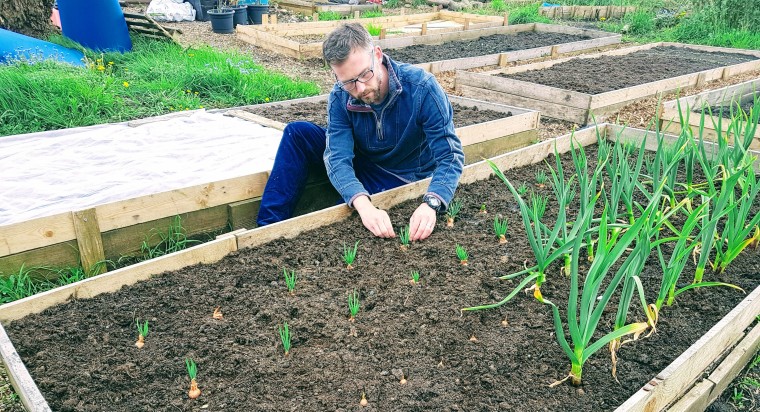
I think this is great advice for weeding and I’m now in the habit of doing a little weeding as soon as I arrive at the allotment.
This has provided two benefits.
Firstly, it gets my least favourite job – but one that must be done – out of the way. Secondly, by delivering on this routine, and because the lighter evenings mean I can visit the plot regularly after work during the week – it takes less time each visit.
3. Suppress on paths
It’s hard enough to focus on the growing areas of our plots. The sowing, the watering, the thinning and of course the weeding.
The trouble is, the weeds will grow wherever they can. Including the areas around our beds. There has been a number of occasions when I’ve returned to the allotment after a brief spell away and felt crushed by the sight of weeds growing everywhere.
Clearly, weeds on paths and non-growing areas will not create a problem for the crops. However, it’s mentally destroying and it makes the allotment look unsightly and appear to be more of a challenge than what it is.
Using woodchips has been helpful. I regularly top up my allotment paths whenever the tree surgeon makes a delivery of woodchips to the plot. However, perennial weeds such as Mares Tail and Bindweed will still grow through.
This year, I’m laying black, permeable weed membrane and covering it with more woodchips. The difference between the suppressed and not suppressed paths is already significant.
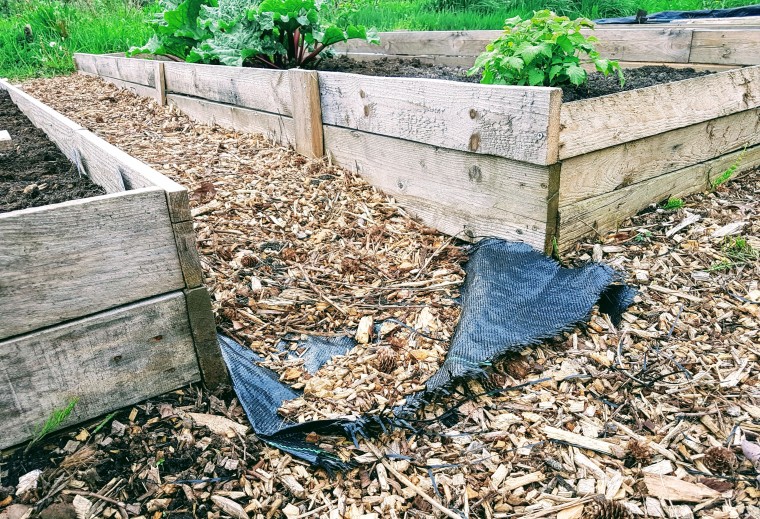
Path with weed suppressant
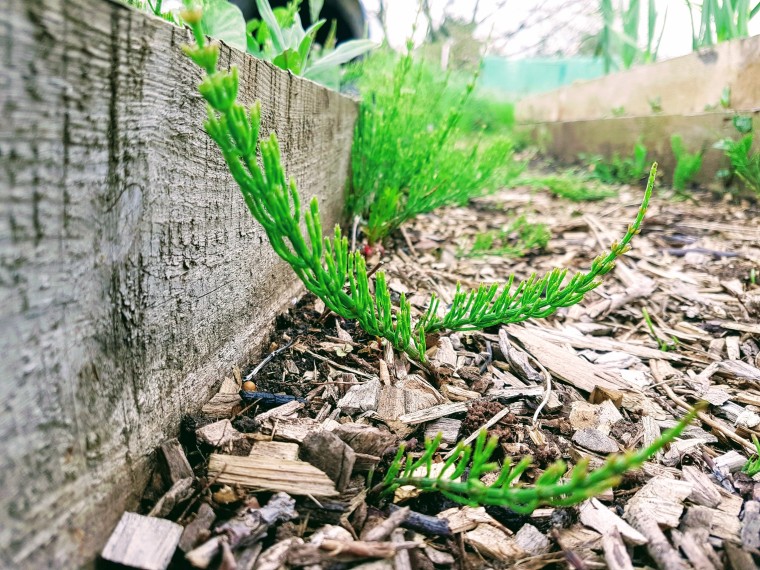
A path without weed suppressant
I’ll continue to lay the membrane on all of the fixed allotment paths. I also use strips of the membrane to cover the no-dig beds after mulching at the end of the year. This has been a huge help in providing healthy and clean growing areas to sow or plant into in the spring.
What about you? Are you managing the weeds on your plot now the spring has sprung? Let me know in the comments below.
If you enjoyed this post, I’d love if you would share it using the buttons below.
Follow Sharpen Your Spades! You can receive my posts by email – Subscribe here.
Follow me on BlogLovin.
You can get in touch with me here.

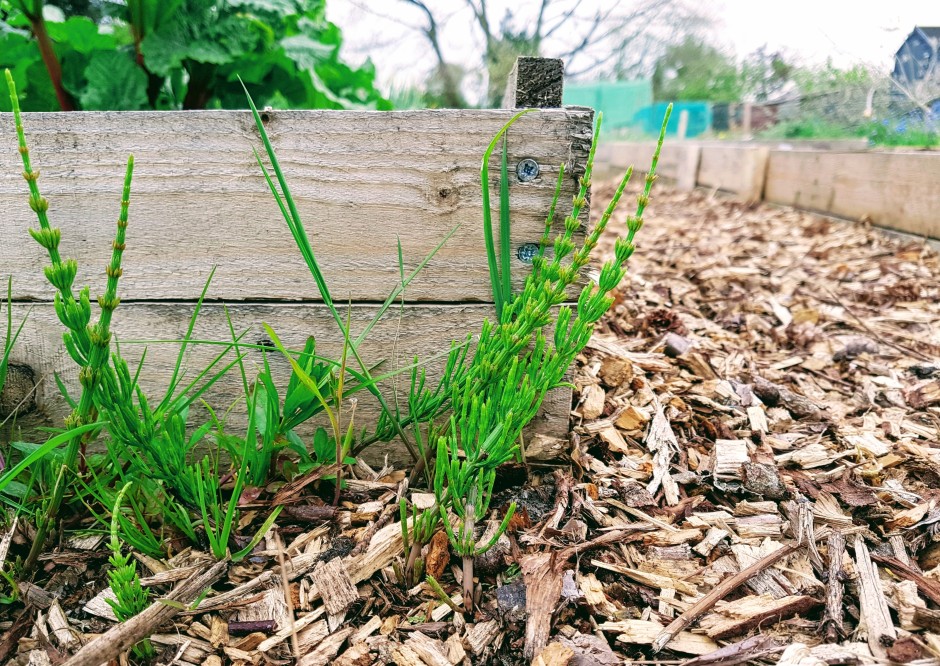

Thank you so much for this – you have just strengthened my case for bark-mulched paths! I love the appearance of these too: all warm and natural looking. We have a gravelled seating area, and I am constantly weeding this, so am wondering whether this might be better with membrane and bark-mulch too. Also thank you for reinforcing my no-dig preference!
LikeLiked by 1 person
The woodchips have been brilliant. They suppress the weeds and make the plot look tidy. Also, the compost down after a few years and you can dig the organic matter out and use it to top up beds. I’m so impressed with nodig. It’s been wonderful and it’s made everything so much easier to manage 😊
LikeLike
I’ve started using bark chips with cardboard underneath. We don’t get wood chips dumped at our allotment so I am buying a few bags of chips as a time. We have a couple of large trees at home so I plan to try making leaf mulch over next winter to put on the paths.
LikeLiked by 1 person
Yes, cardboard is brilliant. I use that on my beds before topping them up with soil and compost. We are very lucky to have the woodchips at the plot. But they are brilliant for paths. Some of the other plot holders dig them out after a few years and use the very nice composted woodchips to build up their beds.
LikeLike
We grow most things through weed control fabric mulched with wood chip to keep it in place. The fabric is taken up and moved each new season in line with the crops it has been set up for. Not only does it suppress weeds but it warms soil and cuts down on evaporation.
LikeLiked by 1 person
Yes. It’s been helpful with warming the soil on the beds and keeping them clean. I’ve used it over mulched no dig beds in the winter. Steph has pointed out it won’t stop the mares tail though…😣
LikeLike
Fortunately we don’t have a problem with marestail – now bindweed that’s our bete noire.
LikeLiked by 1 person
I particularly like the Eat the Frog tip – I am doing little and often this year, rather than big sessions on the plots which are exhausting. Echoing what ohers might have said, weed fabric (even the heavy-duty stuff) won’t stop horsetail. I have it popping through mine now, a present from a neighbouring plot whose tenants have never kept it under control. To be honest using card instead is easier for me as I can get down to a decent bit of root.
LikeLiked by 1 person
Yes, it became a desperate act I guess. I had hoped it would help on the paths. However, the woodchips is excellent and as others have said, it makes it’s much easier to pull the darn thing out! Thanks Beryl
LikeLiked by 1 person
Besides the consideration that weeds are beneficial ‘somehow’, there is the fact than many exotic weeds (at least here) became weeds after they were imported as assets. Some were brought to be forage crops. Some were cover crops. Blue gum was a timber crop. Acacia dealbata, pampas grass, Scottish broom and black locust were all imported just because they were pretty!
LikeLiked by 1 person
Interesting post and I also liked to frog eating tip. I use cardboard for paths in my polytunnel (it breaks down nicely after a season or two) and also used hay/straw from the sheep/goats to mulch the hugelkultur and to mulch around bushes in the fruit cage, gooseberry patch and pea/bean area. Half decomposted old goat hay and poo makes a fabulous mulch to kill weeds. Over winter I put down sheets of weedblock in polytunnel/hugelkultur and then lift it up to resuse in the spring when I start planting. I am also basically no-dig which I am sure helps. I still have lots of weeds as last year I let thistles totally take over, but it is live and learn. Next year I hope to have finally made enough compost (and have the time) to empty onto the growing area – the compost has taken years because we don’t turn it – not for any gardening reason, just because we are too busy/lazy!
LikeLiked by 1 person
I’d like to say I do all of this but I actually do the last two. I have an ‘assistant’ that does the weeding! I’ve found that even where I don’t have weed fabric down, the woodchip works pretty well because it makes the weeds easier to spot and because it stops my heavy clay soil developing a crust in hot weather, makes it easier to pull up the weeds. I inherited a really weedy raspberry patch and in the first year we weeded hard and mulched with compost and woodchip, we still have weeds but they are so much more controllable. However, it’s given the raspberries a whole new lease of life and they are coming up everywhere, like weeds!
LikeLiked by 1 person